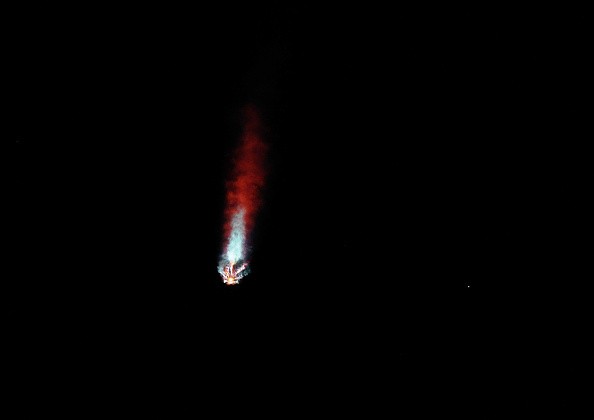Previously, China's Long March 5 rocket, the spacecraft that brought the Asian country's first module for its upcoming space station into orbit, became uncontrollable.

Because of this, various experts and researchers claimed that China's spacecraft could make an uncontrollable crash back to Earth. They said that this will happen since the Long March 5 is now unusually orbiting the Earth's atmosphere.
They added that the Chinese rocket is supposed to be landing in the sea, which is the safest method conducted by international and private space agencies.
"Last time they launched a Long March 5B rocket they ended up with big long rods of metal flying through the sky and damaging several buildings in the Ivory Coast," said Jonathan McDowell, an astrophysicist at the Astrophysics Center at Harvard University.
Now, experts released a possible crash date of the Chinese rocket's debris. To help you further, here are other major details you should know about:
Long March 5's Possible Crash Date and Areas to be Affected
According to SputnikNews' latest report, the debris of the Chinese spacecraft would make a crash landing back to Earth this coming May 10. They added that the remaining parts of the Long March 5 could hit the areas of Madrid, New York, and Beijing.

Read also: Experts Claim China's Long March 5 Will Crash Back to Earth: Some Populated Places at Risk
They added that the debris could also reach New Zealand and Chile. However, these are still estimations.
On the other hand, various experts also explained that the spacecraft's debris could still fall into the sea since most parts of the Earth are covered by the ocean.
Reasons Why People Should Worry About the Upcoming Crash
PhysOrg reported that the debris of the Long March 5 rocket could be one of the biggest space junk to ever fall back to Earth, but experts said that there are no recorded serious injuries from space debris.
Although this is the case, they warned that people should still worry about the upcoming Long March 5 debris.
Previously, a Soviet remote sensing satellite, Cosmos 954, crashed into a region of Canada's Northwest Territories. Because of this, radioactive debris spread over several hundred square kilometers.
This could also happen once the Chinese rocket crashes back to Earth. On the other hand, China will also be affected since the case of the Long March 5 could impose potential liability on the Asian country. This could affect its future space missions, especially the development and construction of its first space station.
For more news updates about China's Long March 5 rocket and other space-related stories, always keep your tabs open here at TechTimes.
Related Article : Chinese Space Station Tianhe-1 Spotted from Earth; Long March 5B Rocket's Reentry Predicted
This article is owned by TechTimes
Written by: Griffin Davis
ⓒ 2025 TECHTIMES.com All rights reserved. Do not reproduce without permission.




